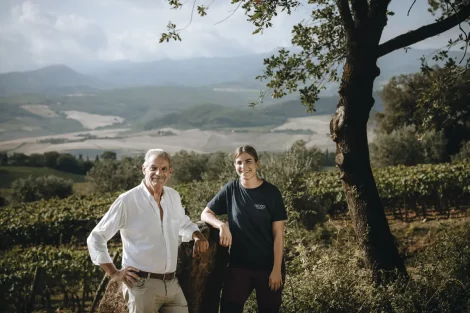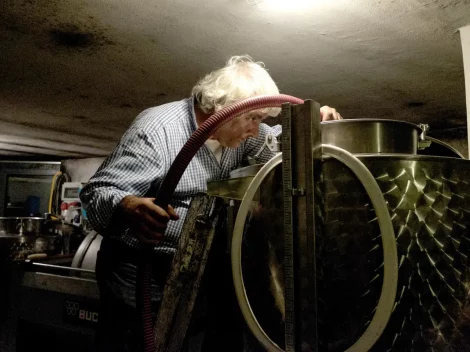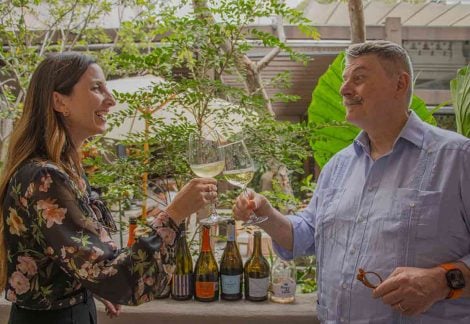Last week, Gambero Rosso International reported on some of the key data from the report, which made it very clear that there is a significant difference in wine tourism between Europe, which might be considered in wine terms as the 'Old World', and the rest of the world, or 'New World'.
Of the sample of 1,310 wineries which were surveyed (70% of which were in Europe), 88% were open to tourists in some capacity. However, whereas only around half (49%) of the European wineries with a tourist offering have had one for more than 10 years, the proportion was closer to two-thirds (60%) for the non-European companies.
Professor Szolnoki pointed out that enotourism as we understand it in the modern day, is a fairly recent phenomenon, though one with historical roots.
"The story of wine tourism started a thousand years ago in Europe, but for 970 of those years they didn’t even call it ‘wine tourism’, it was just people visiting wineries," he explained. "The professional way of receiving visitors came from the New World, they started from scratch."
Szolnoki suggested that there has been a key change in European consumer behaviour in the last few decades which has affected direct-to-consumer sales for some wineries.
"The mentality of visitors is something to consider," he shared. "The loyalty of visitors to wineries died out – 20, 30 years ago, families might travel to the same winery multiple times a year to stock up on wines. People today don’t often do that, they don't want to drink the same wine the whole year."
Different attitudes
Although the mentality of the average European consumer may have shifted, that of the wine producers themselves has perhaps not changed quite so much.
"They don’t get this idea that wine tourism could be part of the business. Now that the wine industry is facing huge problems – over production, changing preferences among young consumers, all of that – I think now they have been forced to find new ways to make revenue, and some wineries have realised that wine tourism could be a new way. We won’t save the world with wine tourism, but in times of trouble, it can help the industry," said Szolnoki.
The big problem Europe faces is a structural one: its wine industry is, to generalise, largely made up of lots of smaller producers, many of whom do not have the capacity to cater for tourists.
"The heterogeneity is so high in Europe, there you will find many tiny family-run wineries with six hectares of vineyard. Perhaps the mother and father work in the vineyard, cellar and office, the children do the social media – they’re probably not keen to spend their weekends standing around, waiting for visitors," Szolnoki argued. "In the New World, by contrast, there’s structure – the wineries have a bigger capacity, more manpower, they don’t struggle for time and staff. They realised that it can be part of the business."
The study revealed that 57% of the European wineries surveyed which do not have a wine tourism offer cited a lack of staff, as opposed to just 30% of the equivalent group of non-European producers. The wine industry outside of Europe is, again to generalise, more consolidated and consists of fewer, bigger wineries which have the resources to accept visitors.
What's on offer?
The professionalisation of wine tourism, especially in the Americas and Australia, is also mirrored in the number of options available for visitors.
"In the New World they had some very creative ideas. In Europe it used to always just be tastings – boring stuff which would only attract wine lovers. What the New World did was to also try to attract people who just wanted to have fun and happened to be in a winegrowing region. Step-by-step, European wineries have learnt from this," said Szolnoki.
Professor Szolnoki offered some pointers to what European wineries, in general, might do to enhance their offer for tourists.
"Extending the scope of wine tourism offerings beyond cellar tours and tastings, which attract wine lovers, but no one else. Wine is not enough any more for wine tourism, you have to offer activities for families, for children – there is more willingness to innovate in the rest of the world, Europe is still more traditional, the business is the wine."
One key area where wineries outside of Europe have done very well is in events, be they weddings, parties or even corporate gatherings.
"Events are a way for wineries, especially big wineries, to earn a lot of money and bring people who might normally never visit your winery."
Szolnoki also emphasised the importance of having a food offering for visitors, summing the logic up as: “As a tourist visiting a wine region, you don’t actually have to drink wine, but you do have to eat something."
"New World wineries are particularly good at this. Wineries don’t have to have their own restaurants, they can just serve plates of local cheese and bread – small things like that can work very well. When you visit a winery, you want a more relaxed situation," he suggested.
Generational divide
Although the report clearly demonstrates that the 'overseas' wine tourism industry is older, more developed and, ultimately, more profitable for wineries than that in Europe, there was one silver lining for the Old World. According to the study, interest among the younger generation in wine tourism has grown to a greater degree in Europe (43%) than outside of it (34%).
However, Professor Szolnoki is sceptical about the reliability of this finding.
"There are some results you can’t explain! We asked the wineries about the changing profile of those interested in wine tourism, and some of them said there was growing interest from younger travellers. But this could be what they wish, rather than the reality – unfortunately, we can’t see any direct evidence for this change, the most-interested group is still the 45-65-year-old group, that is the most-established visitor group all over the world," he concluded.


 What's holding European wine tourism back?
What's holding European wine tourism back?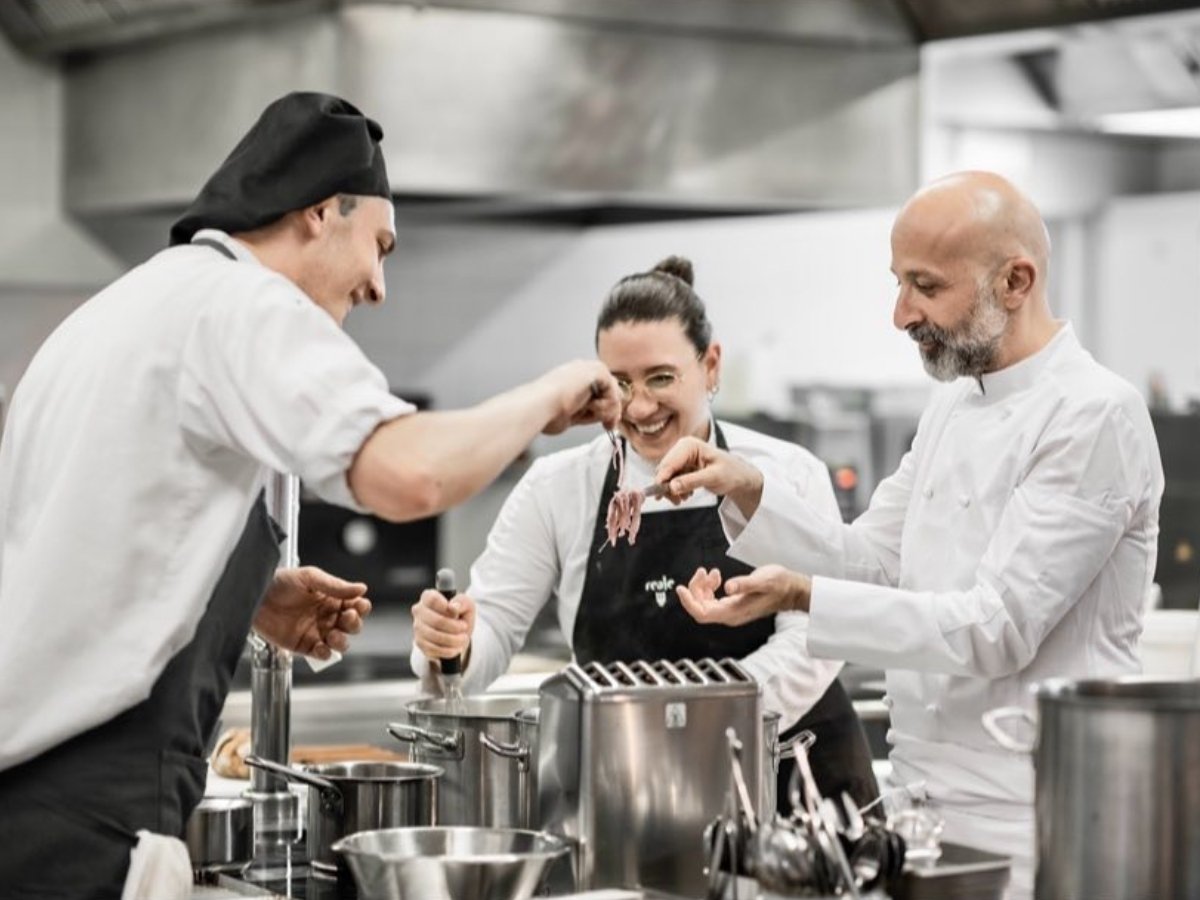 The 55 best restaurants in Italy 2026 according to Gambero Rosso
The 55 best restaurants in Italy 2026 according to Gambero Rosso The Sicilian wine that fuelled Nelson's Navy
The Sicilian wine that fuelled Nelson's Navy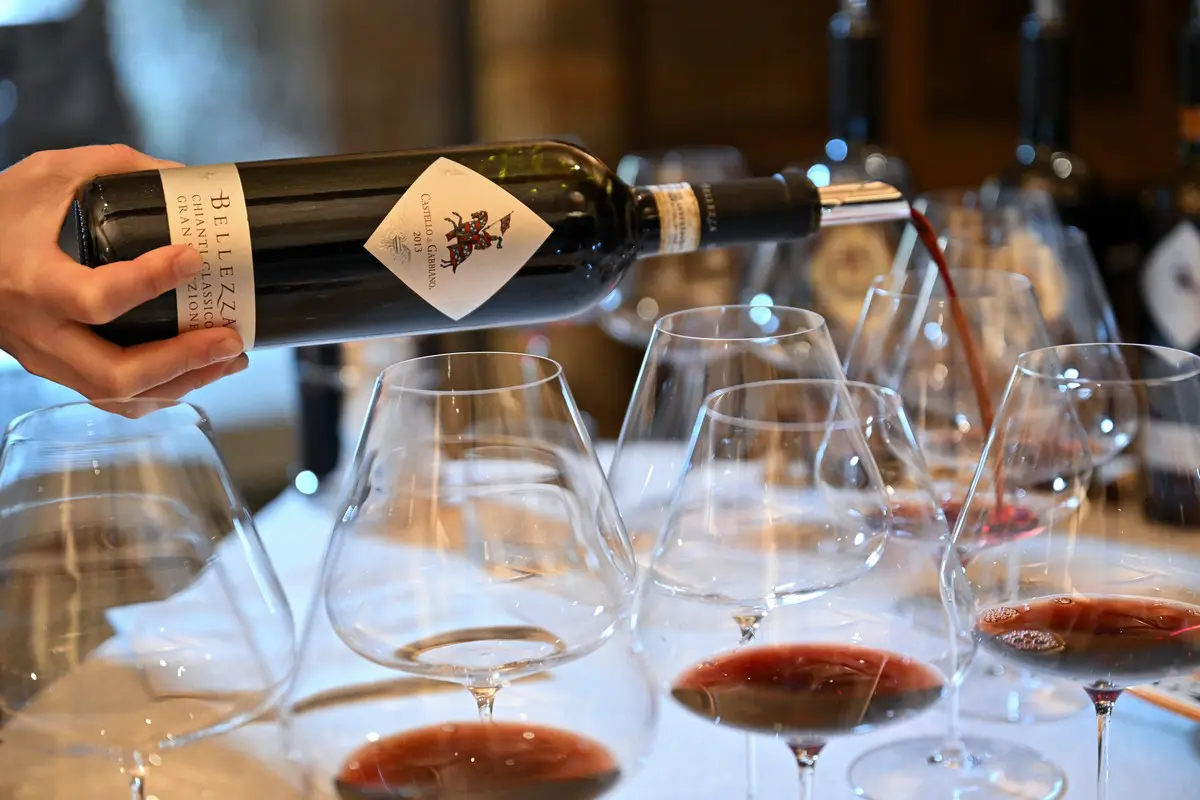 Castello di Gabbiano, a vertical tasting of 10 vintages of Chianti Classico Gran Selezione Bellezza
Castello di Gabbiano, a vertical tasting of 10 vintages of Chianti Classico Gran Selezione Bellezza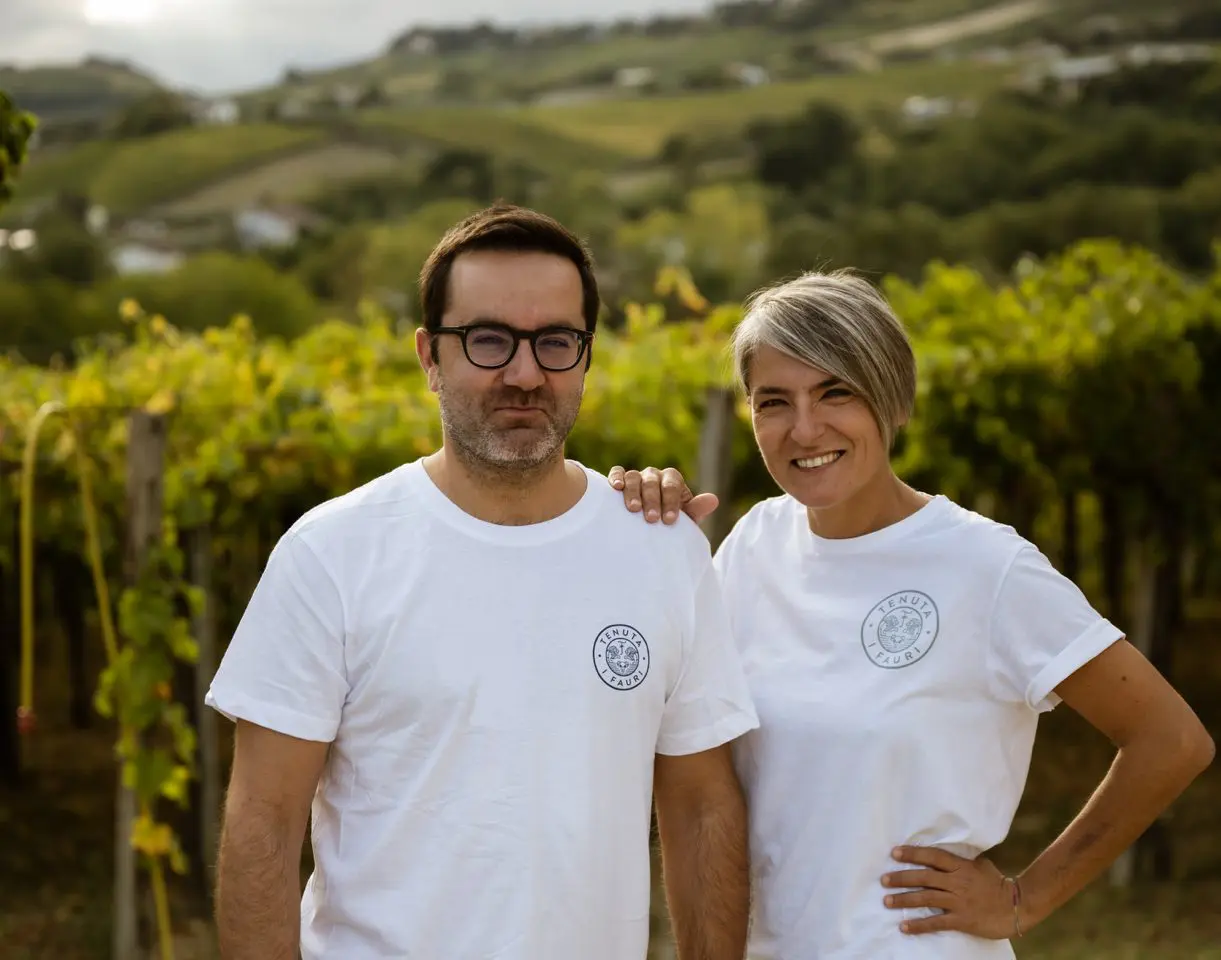 The Abruzzese family that bet everything on Cerasuolo (and won)
The Abruzzese family that bet everything on Cerasuolo (and won)
